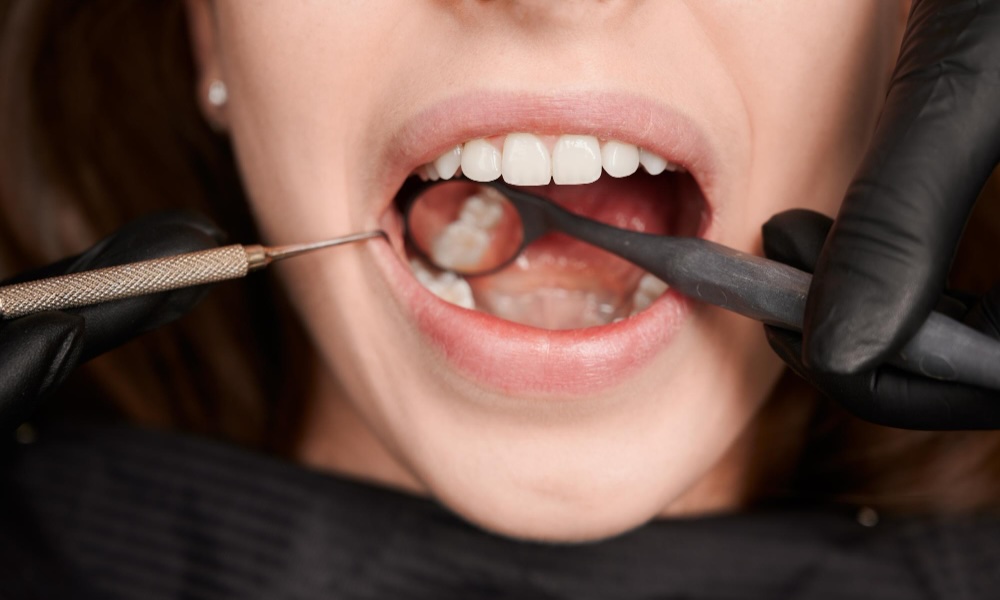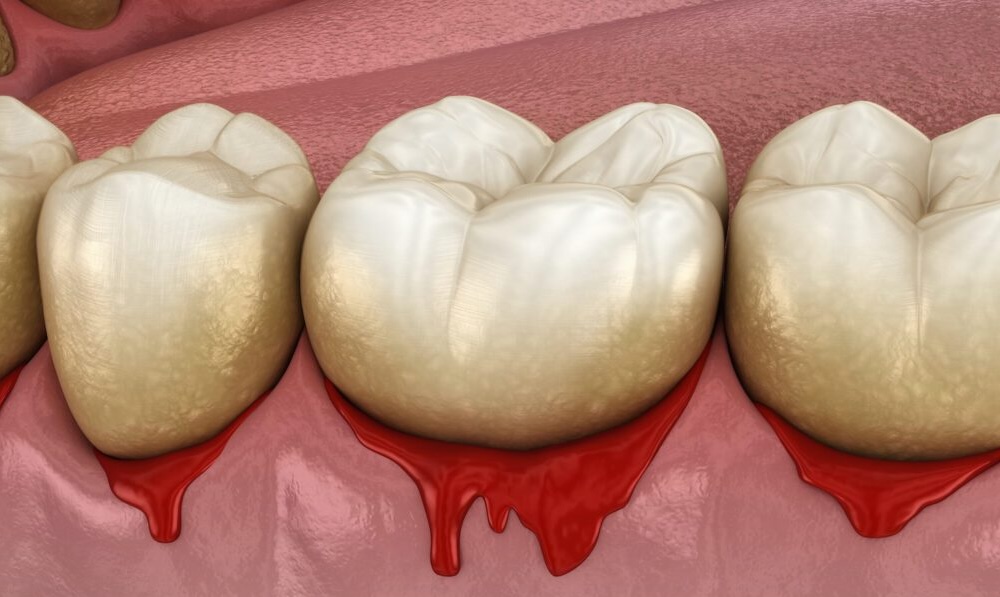If you feel a slight sensitivity where your tooth meets your gumline or have a noticeable discolouration on that area, then you may be experiencing the early signs of a gumline cavity.
A gumline cavity is a type of decay or cavity that occurs on the thinnest part of the enamel. This is the area where your tooth meets your gum area. Enamel is the hardest part of the body, but because this is a thinner and more vulnerable area, it can be more prone to decay. And while gumline cavities are often small and usually come with just minor tooth sensitivity, leaving it untreated can have a big impact on your oral health.
Learn more about gumline cavities and how they are best treated with our read below.
What are Gumline Cavities?
If you take a closer look at the anatomy of the tooth, you will find that the exposed part of the tooth crown is surrounded by gums around the neck of it. There is a reason for this! Gums provide protection where the tooth is most “weak”. In this case, this gumline area has the thinnest amount of tooth enamel.
With the gumline having thinner protection, they may be prone to decay and cavity. If it occurs in this area, they are called gumline cavities.
Younger patients rarely experience gumline cavities. Their occurrence increases with age due to factors such as receding gums and softer enamel. This makes it easier for plaque and bacteria to accumulate in the area and cause cavities.

Causes of Gumline Cavities
Gumline cavities can be caused by a number of factors, here’s an overview of some of the most common causes:
Poor oral hygiene leading to plaque build-up
Plaque is a sticky film of bacteria that may accumulate along the gumline if oral hygiene is inadequate. Overtime, the acids from this bacteria will break down the tooth enamel to cause cavities to form on the gumline.
Receding gums
Whether due to gum disease or as a normal sign of aging, receded gums expose the tooth structure around the gum line and the root surface of the tooth. This makes it easier for bacteria and plaque to cause cavities in the area.
Sugary and acidic diet
Sugar and acids are notorious in causing decay as bacteria mostly feed from them. Then, bacteria will produce the acids that contribute to gumline cavities.
Dry mouth
Saliva plays a big role in washing away bacteria and neutralizing the acids in the mouth. For patients with dry mouth, their risk for gumline cavities are higher because the poor oral conditions create a better environment for bacteria to thrive and cause cavities.
Improper tooth brushing technique
Aggressive toothbrushing and using a hard-bristled toothbrush can wear down the enamel at the gum line and cause gum recession. If this is not addressed as soon as possible, gumline cavities can occur.
Symptoms of Gumline Cavities
Gumline cavities can be tricky to spot because they often start small and they don’t usually cause pain or sensitivity until it becomes more visible. Some of the common signs to watch out for are:
Sensitivity to hot, cold, or sweet foods and drinks
This is one of the first signs of a gumline cavity. Increased sensitivity, particularly when drinking or consuming cold food or drinks, indicate that the cavity has exposed the tooth dentin close to where the nerves of the tooth are.
Visible discolouration or spots near the gumline
Gumline cavities present as a dark brown or chalky white area near the gum area. This discolouration is a sign of wearing down enamel.
Gum irritation or swelling
In some cases, gumline cavity may lead to irritation of the gums likely due to bacteria build-up. This may cause swelling or even bleeding whenever you brush or floss.
Pain or discomfort when brushing near the affected area
As the cavity is left untreated and progresses, it will continue to harm healthy tooth structure. The deeper the decay, the higher the discomfort as more tooth nerves become affected.

Treatment Options for Gumline Cavities
At Arbutus Station Dental, we offer several treatment options for gumline cavities. This usually depends on the severity of the decay.
Fluoride Treatment
For early gumline cavities that can still be reversed, fluoride application may be recommended. At this stage, discolouration is the only symptom. Once fluoride is applied on the affected area, remineralization of the tooth enamel is encouraged to prevent further decay.
Dental Filling
Mild to moderate decay can be restored and treated using tooth-coloured fillings. This will rebuild the tooth structure to make it look healthy and beautiful.
Root Canal Therapy
For deeper gumline cavities that involve the tooth pulp, root canal treatment is recommended. In this procedure, the diseased pulp and bacteria are removed to restore the tooth to good health. Then, fillings or a crown are placed to preserve the natural tooth structure.
Gum Surgery
If there is gum recession, gum surgery may be recommended to cover the exposed root, reduce sensitivity, and prevent future gumline cavities.
When Should You See a Dentist?
While some assume that gumline cavities are not that serious, a dental decay or cavity will continue to harm the tooth until it is properly restored. Bacteria will invade the surrounding healthy tooth structures and cavities will continue to weaken the tooth.
At some point, simple dental procedures, such as a dental filling or bonding, will no longer suffice to save the tooth. Instead, more extensive procedures may be required— whether it is a root canal or possible tooth extraction.
Presence of signs and symptoms require timely dental care
Visit your dentist for a comprehensive assessment as soon as you experience any of the symptoms listed above. Early treatment helps create better and more predictable outcomes. This will save you from expensive and extensive procedures that may be required if you delay getting the right treatment.
Routine dental check-ups help manage dental diseases
They always say prevention is better than cure— the same applies for gumline cavities. It is recommended that you visit your dentist every six months. Routine care will help them identify your risk for gumline cavities and properly manage them before they become a problem.
Contact Us
While often overlooked, gumline cavities are a common concern especially as you age. Prevention and early intervention are crucial to help preserve teeth and gum health for the long term. If you see or feel any of the signs and symptoms listed, contact your dentist so they can take a closer look and determine the best treatment to restore your smile.
